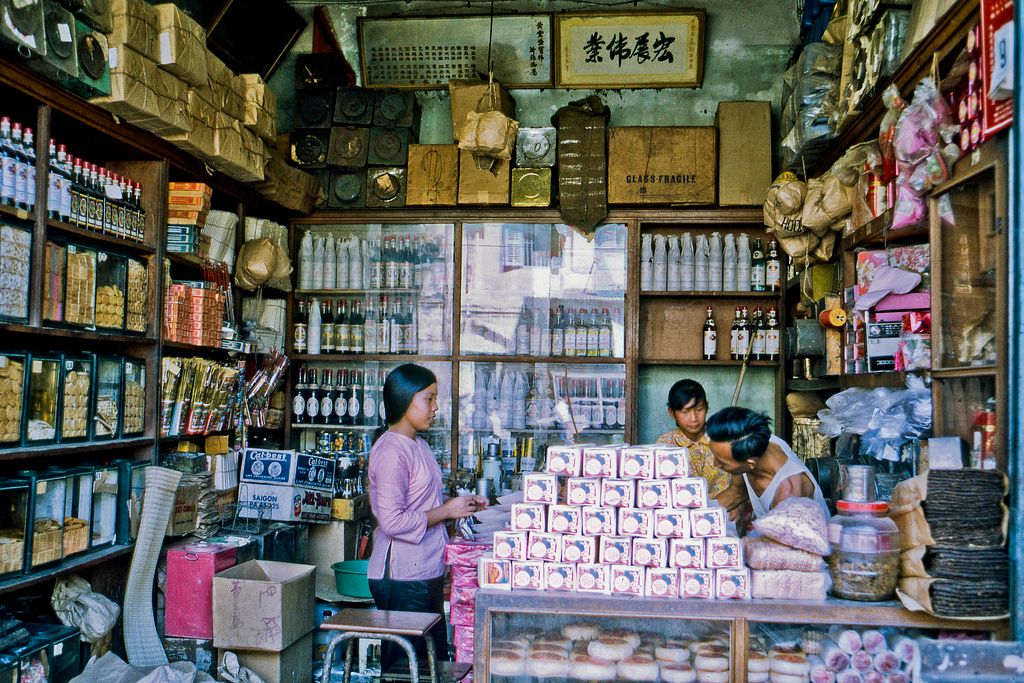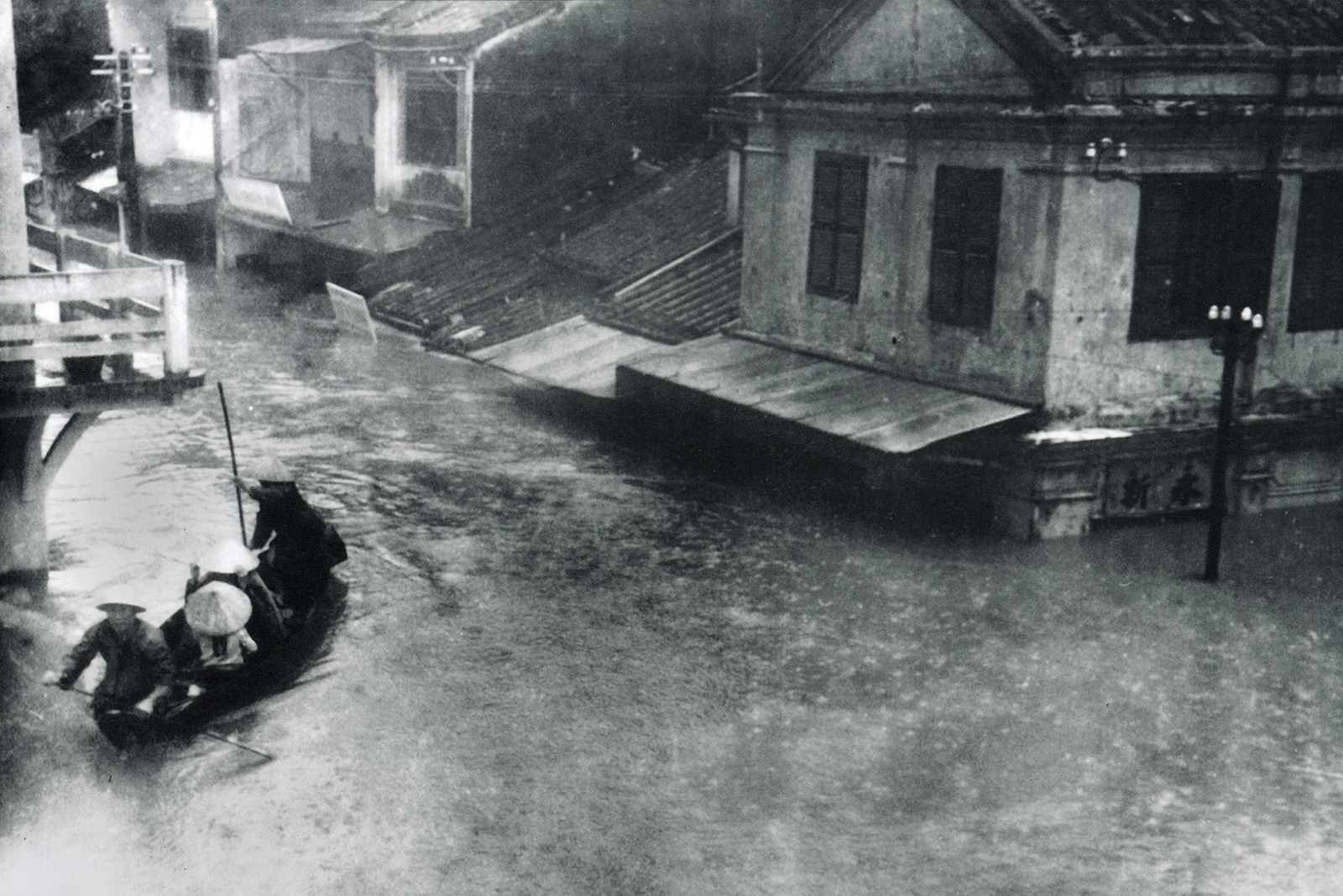Earlier this week, Hanoi officials announced the conversion of the capital’s narrow Trinh Cong Son Street into a pedestrian zone featuring artistic performances as well as snacks and souvenirs.
While those plans are now on hold, according to DTI, as local authorities attempt to reach a compromise with local residents who oppose the project’s implementation, the street seems an apt choice for such a space, thanks to its namesake.
Trinh Cong Son is easily Vietnam’s most famous modern songwriter, not to mention its most prolific. Dubbed the “Bob Dylan of Vietnam” by American songstress Joan Baez, Son penned at least 600 songs over his four-decade career, most of them love ballads, in addition to dabbling in painting and poetry.
Though he was born in 1939 in the Central Highlands province of Dak Lak, Son grew up in Hue, attending school there before moving to Saigon to study philosophy at the Jean Jacques Rousseau School. Music was not initially the composer’s career choice, but after a judo accident in 1957 that nearly took his life, an 18-year-old Son found himself bedridden for the better part of two years. The composer would later credit this period as the start of his love affair with music: confined to a bed, he began reading books on philosophy, literature and folk music.
Once he had recovered, Son began composing his first pieces of music, making his debut in 1959 with "Uot Mi", a track performed by singer Thanh Thuy. In the coming years, the composer produced countless songs, often working with singer Khanh Ly, who became one of his long-time collaborators. In the late 1960s, the duo teamed up to perform at a popular student café, Quan Van, and things took off from there. By the time the 1970s rolled round, both Ly and Son were big names in the music industry.
Trinh Cong Son's "Ha Trang" performed by Khanh Ly in 1974. Video via YouTube user ChuongDienKhanh.
Over the following decade, as Vietnam faced great political upheaval, Son continued his work, at times falling out of favor with both sides of the American conflict. Through his music, Son expressed hope for his country’s reunification, an unpopular idea in pre-1975 Saigon; following the end of the war, his music disappeared from the airwaves for some time.
Eventually, however, the overwhelming popularity of Son’s music brought both him and his work back to the forefront. In the 1980s, the composer took a job with the HCMC Music Association and continued creating new music. Son lived a relatively quiet existence for the rest of his life, continuing to work with young artists until his passing in 2001 due to diabetes-related complications. His death was mourned by fans around the world, and the composer was laid to rest in Binh Duong.
To this day, contemporary Vietnamese singers continue to perform their own renditions of Son’s work, keeping the composer’s heartfelt ballads alive.
As for the composer’s namesake street, the opening of its pedestrian zone has been postponed until October, however one thing is clear: a performance space would make a fitting tribute to one of Vietnam’s greatest musicians.














